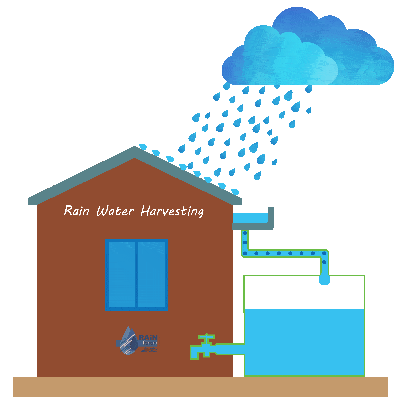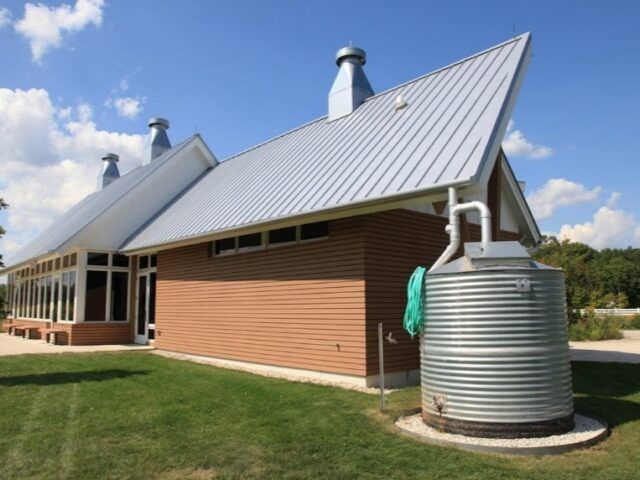Rainwater harvesting is an environmentally sustainable method of collecting, storing, conveying, and purifying rainwater for various uses, ranging from irrigation to domestic water supply1. The process involves capturing rainwater that falls on rooftops, surfaces, and landscapes, and storing it for later use.
The first step in rainwater harvesting is to set up a collection system. As rain falls, the filtration system helps remove large contaminants and leaves from the water before it enters the storage container. The size of the storage container depends on factors such as the amount of rainfall in the area and the intended uses of the harvested water. In some cases, advanced treatment systems can make the harvested rainwater suitable for drinking and cooking, although this requires thorough purification processes2.

The rainwater is mainly used for irrigation, flushing toilets, and washing. Regular maintenance is essential to ensure the stored rainwater remains safe and free from contaminants. The storage tank should be periodically checked and cleaned to prevent the growth of algae, bacteria, or other microorganisms3.
Rainwater harvesting offers several benefits besides its function as conserving water including minimizing the risk of flooding and land subsidence due to careless use of groundwater. By utilizing rainwater, the communities can save more money and participate in improving environmental quality.
Source:





